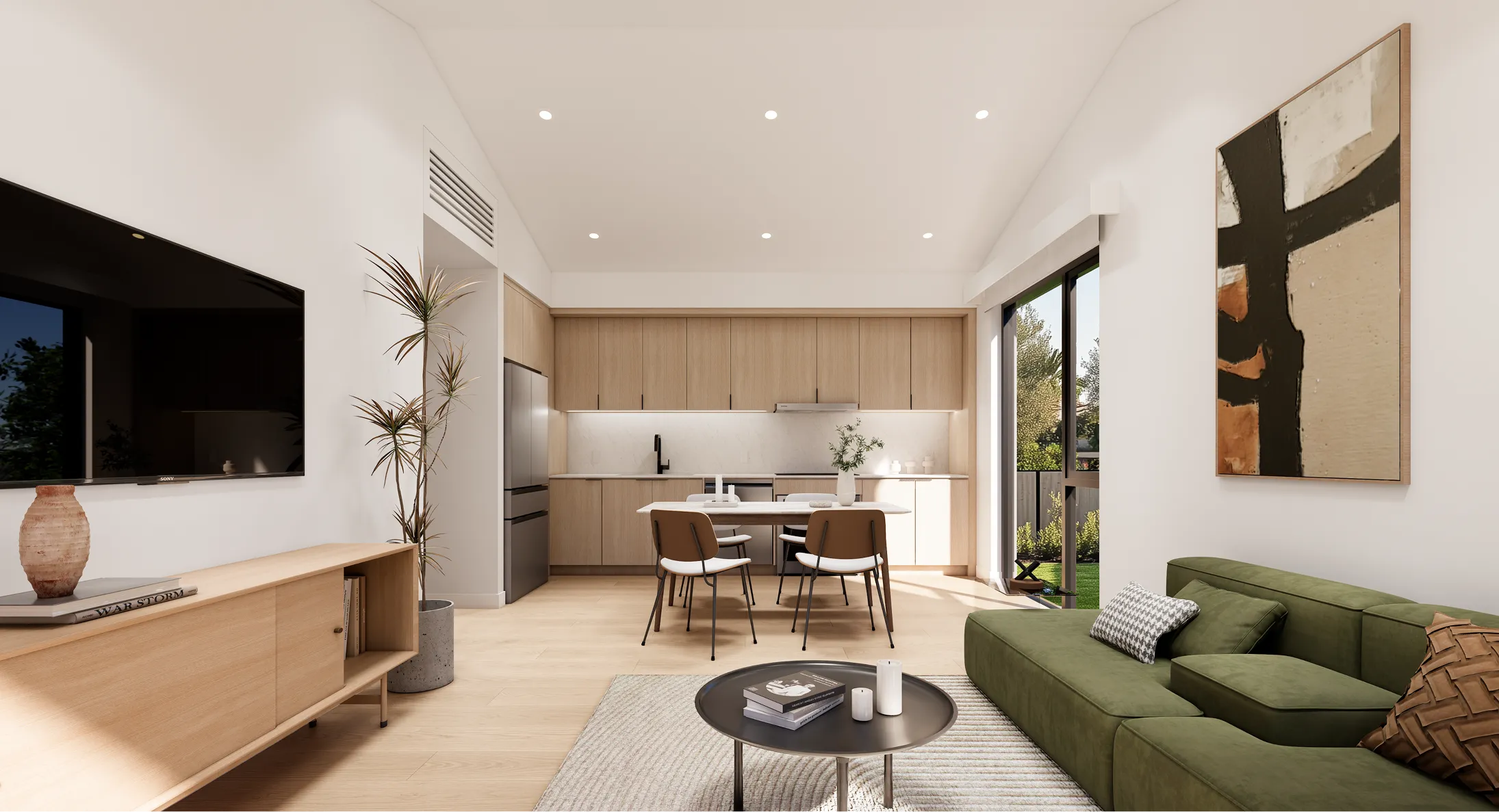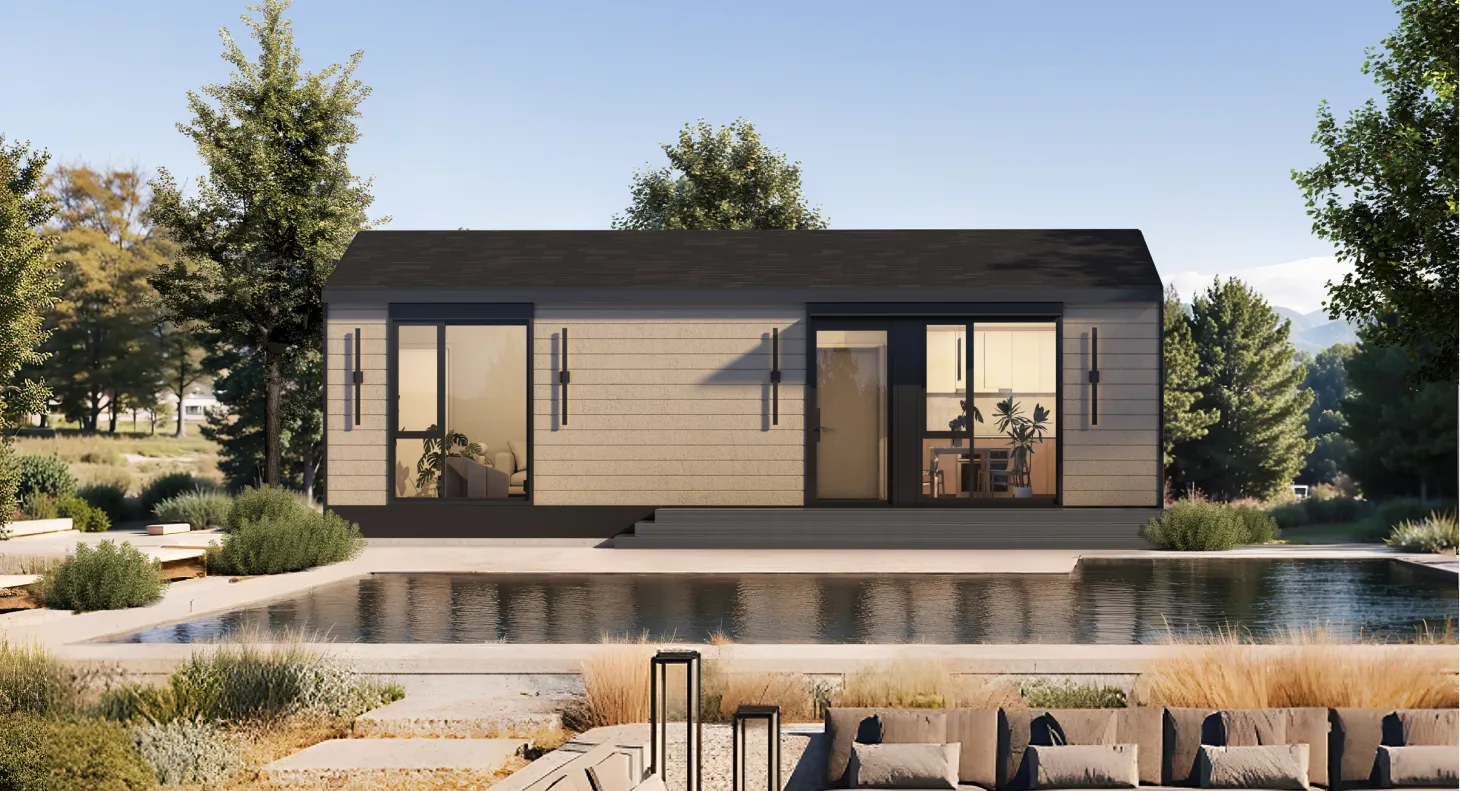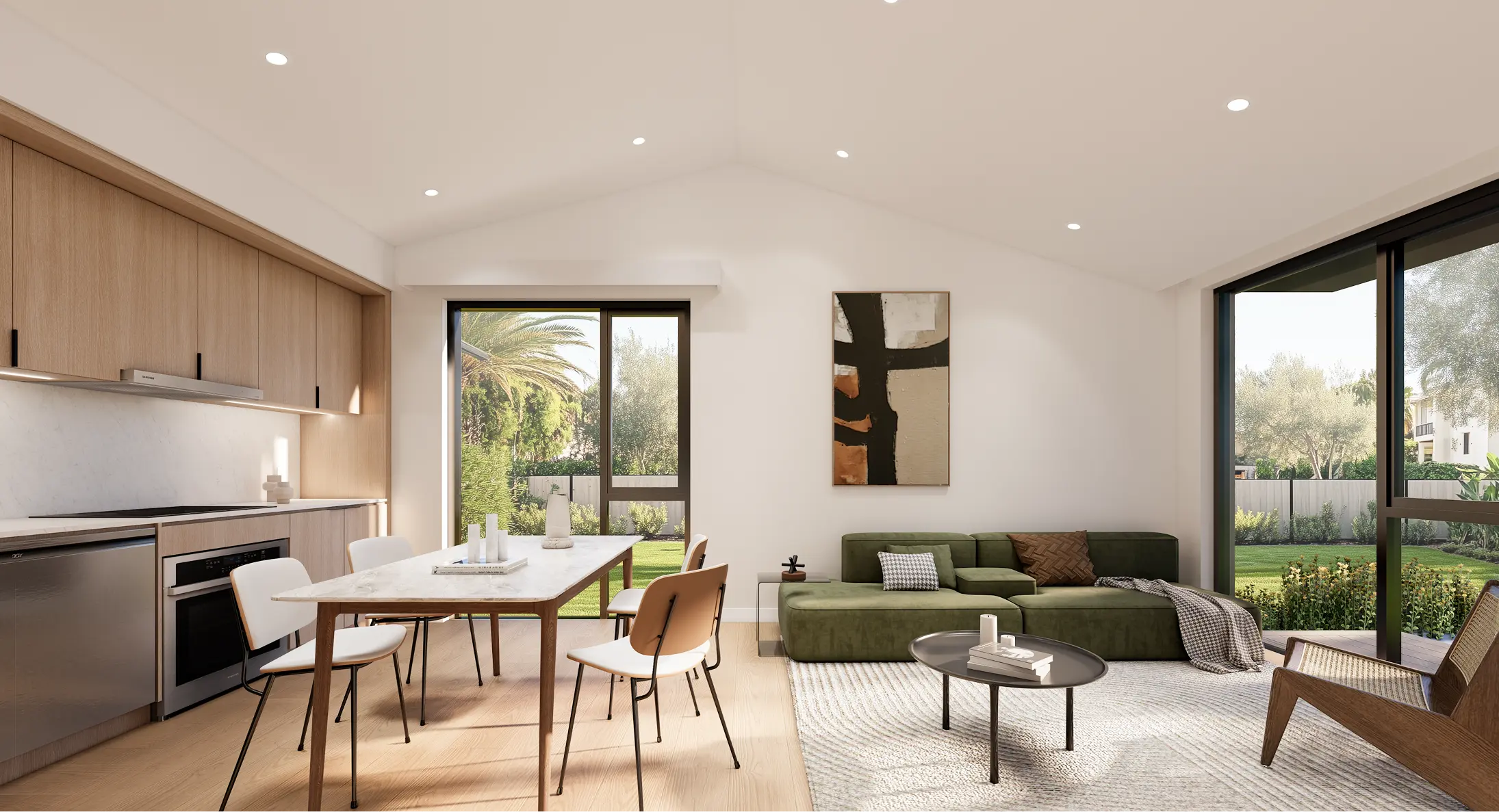
Building an ADU in Los Angeles in 2026: What Homeowners Should Know Now

Can I Build an ADU on My Property?
Everything You Need to Know (And One Free Tool That’ll Save You Hours)
🧭 The Most Common Question (and the Smartest One)
If you’re a California homeowner thinking about building an ADU, you’ve probably asked:
“Can I even build one on my lot?”
Great question — and one we hear almost daily.
The truth? Thanks to California’s ADU-friendly laws, most single-family lots are eligible. But “most” isn’t the same as “all.” And even on eligible lots, the how, where, and what size can vary dramatically based on local zoning, fire access, slope, setbacks, utilities, and a few frustrating X-factors.
This guide breaks it all down — and gives you a free tool to skip the confusion.
✅ Quick Answer: If You Own a Single-Family Lot in California, You Probably Can
Since 2020, California law has made it easier than ever:
So in most cases? Yes. You can build one.
But the real question is: What kind, where on the lot, and what’s it going to take?
🔍 ADU Zoning, Setbacks, and Requirements in California (2025 Update)
Let’s break down the most important factors that determine your eligibility:
🧱 Zoning
📐 Lot Size & Shape
📏 Setbacks
State law requires just 4-foot side and rear setbacks for ADUs
Many cities allow zero-lot-line conversions (e.g., garage conversions)
🔥 Fire Zones, Access & Hillside Properties
In high-fire zones or hillside areas, you may need sprinklers or alternate designs
Your lot must be accessible for emergency vehicles (often 150 ft of fire lane)
We’ve built on dozens of hillside lots — and we know how to navigate those approvals
🌳 Trees, Easements, Utilities
Heritage trees, sewer easements, gas lines, and utility access can affect layout
But most obstacles can be designed around — it just takes a smart team
👀 Signs Your Lot Might Be Perfect for an ADU
Here’s how to tell, at a glance, if your backyard has potential:
✅ You have 15–20 feet of open space behind your home
✅ Your lot is rectangular or L-shaped
✅ You’re not in a historic district or design overlay zone
✅ You have existing sewer, water, and electrical
✅ There’s access from the front, side, or rear for construction
Not sure? That’s what we’re here for.
🧠 It’s a Lot to Decode — So We Built a Tool
Instead of reading city PDFs and measuring setbacks with a tape measure, just drop your address into our free tool.
Our system reviews:
📍 [Check My Backyard →]
(Free. No signup. No pressure.)
🛠️ What Happens If Your Lot Has Challenges?
Slope? Tree in the way? Narrow side yard?
Slopes are tricky. If you have a lot that has a lot of slope, it’s going to take some engineering and grading. This is expensive in California. But it is possible. But if you’re looking to install and ADU on a big slope, keep that in mind.
If you have trees in the location of the ADU, you’ll need to move or remove the tree. We always budget this into the ADU estimate. If a large tree is overhanging the area, you’ll need to trim the trees back and let them regrow.
Narrow lots can be tricky as well. If you are really tight on space, a boundary survey may be necessary. Basically, a surveyor will come to your house to do a survey. This will make sure your lot is exactly the same as the existing boundaries exist. This will cost money. And it is budgeted into your estimate. But if you’re extremely tight on boundaries, it may make more sense to choose a location where a boundary survey is not necessary.
🧱 Want More Than Just One Unit? Meet the Interwoven Home
Some homeowners approach us asking if an ADU can be the main structure of the house. Typically the answer is no. Although, you can replace your mian home with one of structures and still zone is a main house.
In the fire affected areas of LA, most insurance companies won’t pay for an ADU, only covering the cost fo the main home.
So your best option is to buy the main homes we build, and then build an ADU (or two) that you can rent or provide generational housing.
For some homeowners or developers, our interwoven home makes a lot of sense. It’s a way to completely rebuild your lot, with the same style, feel and level of quality that exists in our ADUs across your whole property.
This has become particularly popular in Los Angeles.
If your lot has potential for more than one structure, our Interwoven Home model allows you to combine:
It’s a smarter, phased approach to turning your property into a high-performing mini-compound — without overstepping city regulations.
📍 Where We Build (and Know the Rules)
We’ve navigated permitting in some of California’s most demanding cities, including:
Chances are, we already know your city’s quirks — and how to get your plans approved faster.
💬 Common Questions We Get
Q: What if I’m in an HOA?
You can still build — HOAs can regulate aesthetics but can’t block ADUs outright under state law.
Q: I’ve heard my city is difficult. Should I still try?
Absolutely. We’ve succeeded in places where others failed. Many cities seem tough but will approve projects if the plans are tight and the process is smooth — which is what we do.
Q: How long does permitting take?
With LiveLarge, we often use pre-approved state plans and fast-track city processes. In places like San Jose, we fly in our inspectors to get ahead of the review timeline.
🧭 Bottom Line: You Probably Can — And You Definitely Shouldn’t Go It Alone
Permitting an ADU in California isn’t impossible — it’s just messy. The laws are clear, but the cities… not so much.
That’s why we’ve built a full system:
From first sketch to final inspection, we’ve got you covered — so you can go from “Can I?” to “It’s done.”
✅ Next Steps
📍 [Check Your Backyard] — Find out if your property qualifies (free + instant)
🏡 [Tour a Real Unit] — Visit our San Jose or Los Angeles showroom
📞 [Book a Call] — Get clarity from a builder who’s done it dozens of times
Discover More

Building an ADU in Los Angeles in 2026: What Homeowners Should Know Now

What LA Homeowners Learned From Their 2025 ADU Projects — And What You Should Know Before Building in 2026

Cost Per Square Foot in California: Why Homeowners Shouldn’t Trust This Number Alone
About Us
